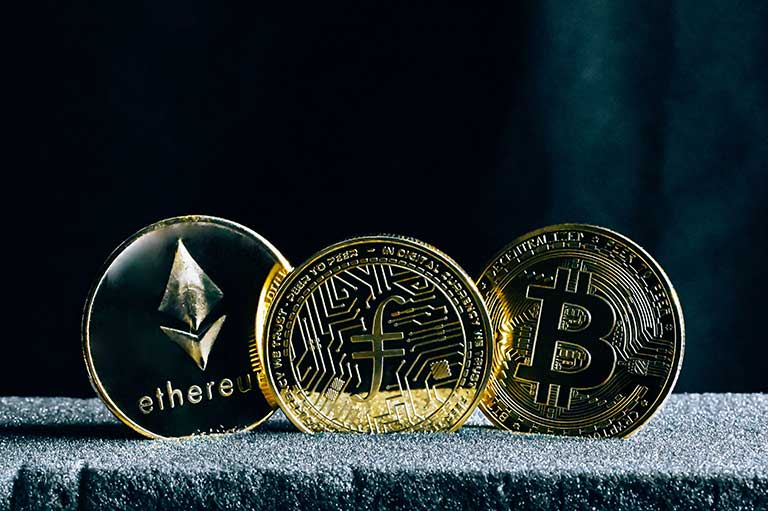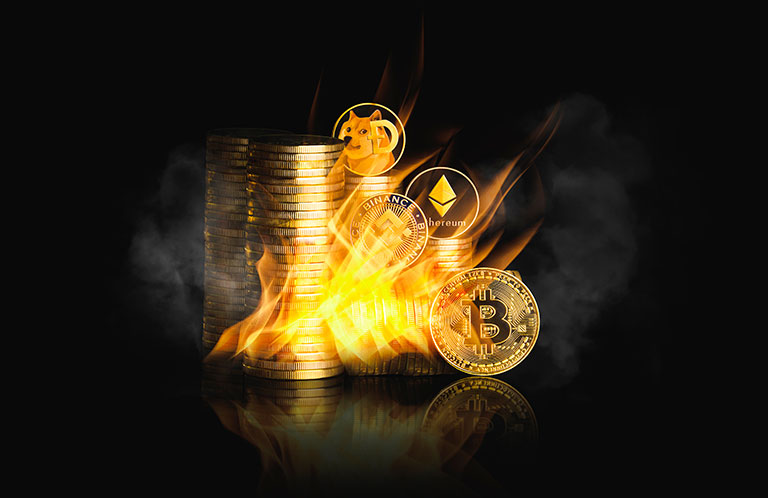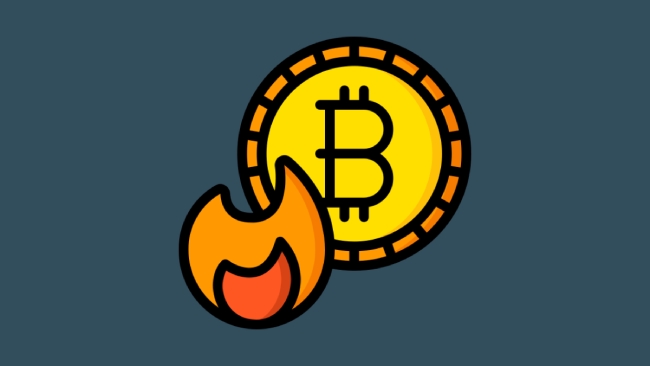Cryptocurrencies have made their way into finance marketplaces to cover transactions for goods in an even more decentralized way than ever before. It’s not hard to see how a cryptocurrency can help supply chain management by allowing new activities such as tracking origin, processing payments, and logistics pricing. The below-listed information will take you through a basic overview of what burning means within this sector so that you can get started on how it affects cryptocurrencies. Log on to bitcoin revolution software for crypto trading, an official website that simplified trading.

What Is Burning?
Burning refers to reducing a digital currency supply such as Bitcoin or Ethereum. The process of burning involves destroying the excess supply by using it in trade. As a result, burning will reduce the amount of cryptocurrency in circulation. It can be helpful for traders since it decreases the amount for purchase and increases the price of a cryptocurrency in circulation, which may increase demand for that specific currency.
Why Does Burning Happen?
Burning occurs when there is an excessive supply of a digital currency like Bitcoin or Ethereum. It can also occur during mining when mining hardware is used up and finally has no purpose. Burning is a common way for cryptocurrency exchanges to reduce their inventory. Burning usually occurs when a cryptocurrency’s total supply exceeds the amount available on exchanges and wallets.

How Does Burning Affect a Cryptocurrency?
Burning is most commonly used in the Bitcoin (BTC) and Ethereum (ETH) markets. A decrease in supply will help increase demand by traders with spare cryptocurrencies or low prices for their cryptocurrency holdings. In addition, when burning occurs, it can cause an increase in value for the currency that has been burned down, which may be beneficial for traders if they are short on supplies.
How Does Cryptocurrency Burning Work?
Each blockchain has a unique way of burning cryptocurrencies. For example, burning occurs through coin age expiration in the Bitcoin blockchain. It is determined by the time that coins have remained untouched in an address. If an address is unspent for some time, it will expire and be eligible to be burned. In Ethereum, burning involves sending a specific amount of Ether to a 0x0 address or contract, which produces no value and has no function — effectively removing it from circulation while increasing the supply of other ERC20 tokens.
What Are the Possible Outcomes of Burning?
Burning brings about an increase in supply and a decrease in demand. When a cryptocurrency is burned, it must be used as a means of exchange to pay for goods and services. Therefore, the price of that currency must remain stable or increase for traders to purchase that currency for use in trade and to hold onto it.
Why Doesn’t Burning Affect All Cryptocurrencies?
While some cryptocurrencies have been successfully burned, this process has not been used effectively on all digital wallets that hold their currencies. Only those wallets that have become unused will expire out of circulation, not ones that are still in use. Burning hits currencies where there is underproduction by miners and exchanges.
The burning of cryptocurrencies happens individually, meaning every digital wallet that has these actions taken place is affected. This kind of burning has a positive effect on the cryptocurrency market. An increase in supply and a decrease in demand will help to stabilize the price of cryptocurrencies that are being burned.
If a cryptocurrency is not being used, it will be removed from circulation and may become harder to obtain in future transactions. Burning coins can also have a use case to increase the value of one’s holdings by removing excess supply from the supply pool and driving up demand for those same holdings.
What Is Proof of Burn?
It is a process of using cryptographic tokens to represent ownership right in another asset. To prove burn, you must give up a part of the asset being proofed. Proof of burn helps prevent accidental double-spending because it requires burning part of the asset simultaneously. This action makes it impossible to spend the same asset more than once.
In short, the burning of cryptocurrencies reduces supply and increases demand for those same cryptocurrencies on cryptocurrency exchanges and wallets. As a result, burning reduces excess supply, increasing value for holders with spare cryptocurrencies or low prices for their cryptocurrency holdings.



Leave a comment
Have something to say about this article? Add your comment and start the discussion.